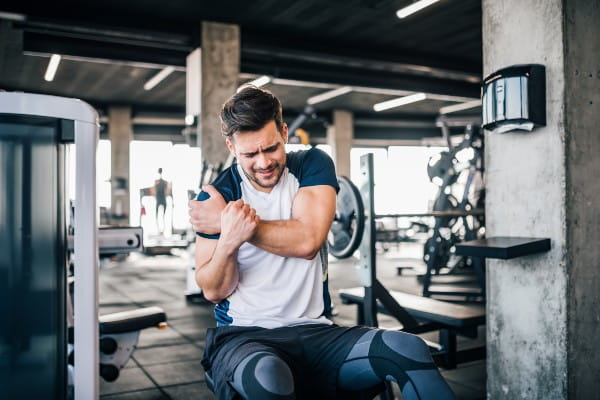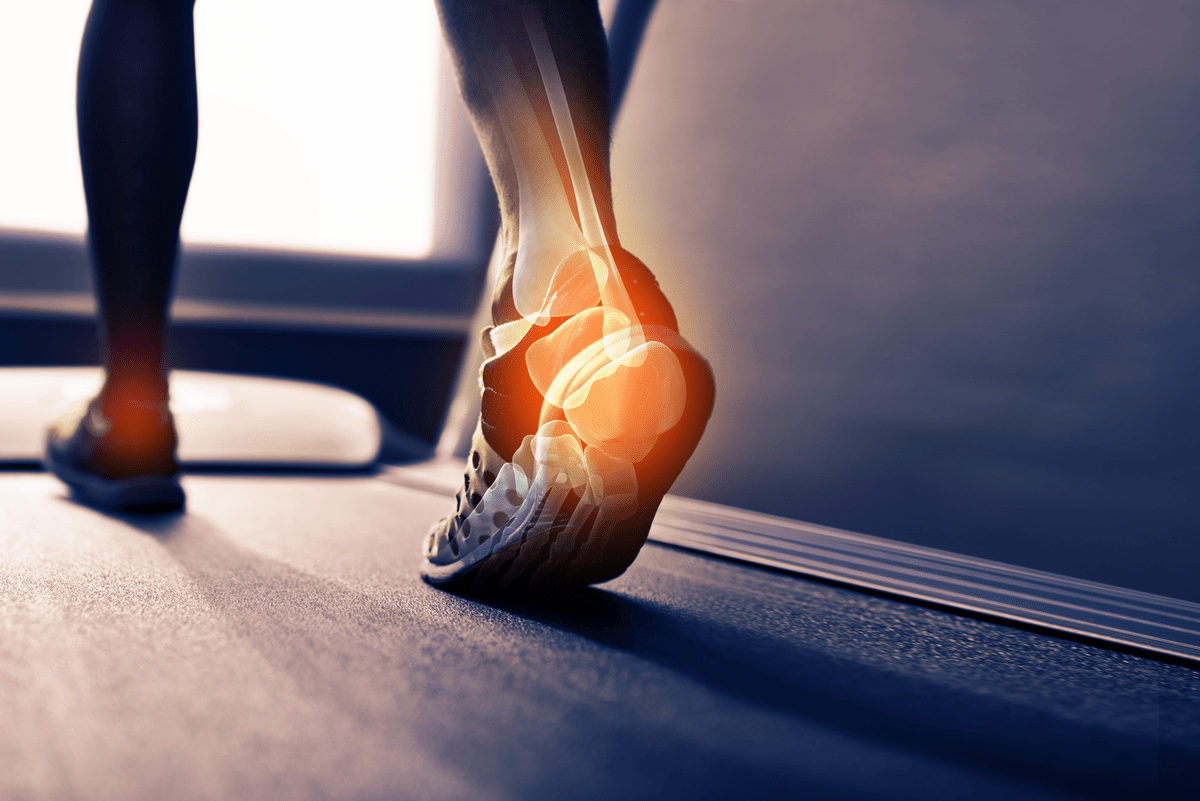Does your shoulder hurt when you lift or pull something? When you try to reach behind you or overhead? Does it seem weak? If so, you may have torn your rotator cuff.
“Every year, almost two million people see a doctor with a rotator cuff problem,” says Orthopedic Surgeon Steven J. Hospodar, M.D, with Riverside Orthopedic and Sports Medicine Specialists Gloucester. “The rotator cuff keeps your arm in your shoulder socket, and it helps you lift and rotate your arm. When you tear your rotator cuff, even simple tasks like combing your hair can be challenging.”
Dr. Hospodar and Barbaro J. Perez, M.D., also an Orthopedic Surgeon with Riverside Orthopedic and Sports Medicine Specialists Gloucester, describe common causes and treatments.
Common ways to tear your rotator cuff
Rotator cuff injuries can happen to anyone. Most injuries occur from falling, during exercise or because of general wear and tear.
There are some professions, hobbies or habits that cause people to be more susceptible. They include:
- Jobs that require repeated overhead motions, such as a painter or construction worker
- Sports like tennis, swimming or baseball that put repeated stress on your shoulder
- Slouching and regularly pushing your head forward
Nonsurgical treatments
For most people, nonsurgical treatments will relieve pain and restore their shoulder movement.
Treatment may include:
- Rest and ice
- A sling
- Nonsteroidal anti-inflammatory medication, like ibuprofen
- Strengthening exercises and physical therapy
- Steroid injections if the above don’t work
Minimally invasive arthroscopic surgery
“If your shoulder pain continues after physical therapy, you’re an athlete or your work requires you to use your shoulders, then you may be a candidate for surgery,” says Dr. Hospodar.
“At Riverside. we use a minimally invasive surgery called arthroscopic tendon repair,” Dr. Perez adds. “We insert a small camera, called an arthroscope, into your shoulder joint and view the images on a monitor during the procedure. We keep the incisions small by using miniature surgical instruments to repair the damage.”
The surgery is an outpatient procedure and won’t require you to stay overnight in the hospital.
Recovery and a new, pain-free life
You’ll likely experience a quicker recovery and less pain from arthroscopic surgery, but your recovery will still take time. You’ll wear a sling for 4-6 weeks and then begin physical therapy.
“It often takes a few months for the shoulder to begin feeling better, but overall, surgery will reduce or eliminate most people’s shoulder pain,” says Dr. Hospodar.
To receive a diagnosis and treatment for your shoulder pain, schedule an appointment with your doctor.



